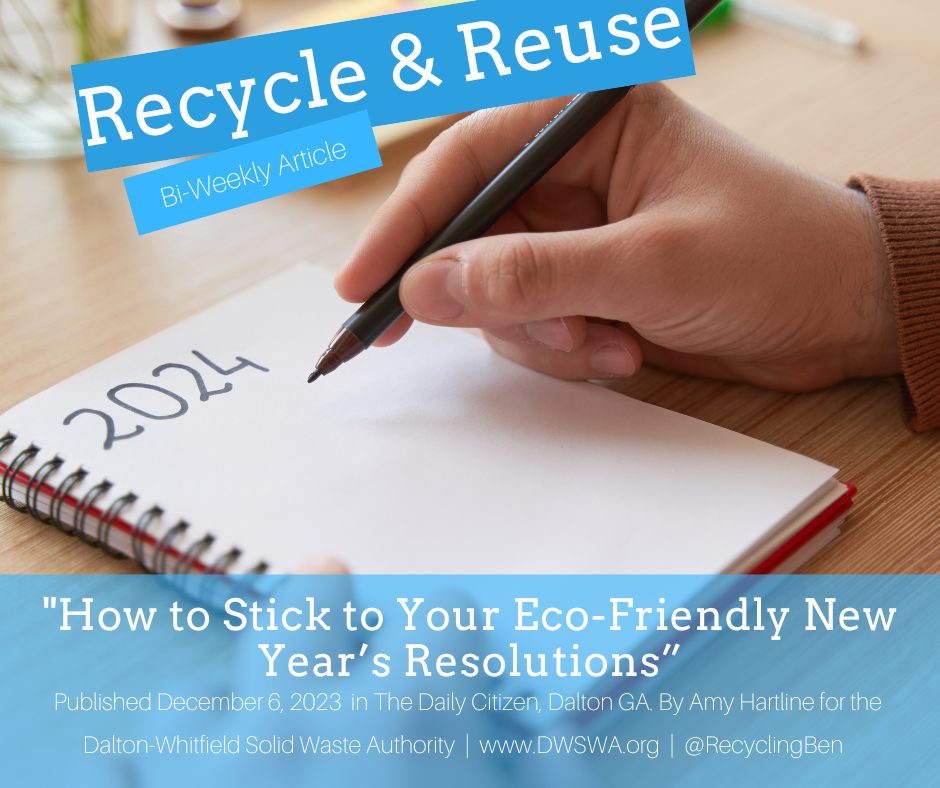How to Begin Thrifting
/My love of thrift stores started in my middle school years. While there are many environmental benefits of shopping secondhand, mainly decreasing our energy and water usage and prolonging the life of the items we thrift, I fell in love with it because of the money I was saving. When I got my teen girl hands on a pair of jeans that new cost over one hundred dollars, but now only cost twenty I was hooked and went on to fill my closet with thrifted finds for years to come. Thrifting for the first time can be daunting to the uninitiated, but with a plan heading in you can easily find your own new-to-you treasures.
When you head to local thrift stores such as Providence Ministries you can also bring your unneeded clothing like these leather jackers as donations as well before you restock your closet.
Before you step foot in a thrift store it pays to have ideas of what you are looking for ahead of time. Know what colors and fabrics you gravitate towards and consider creating a Pinterest board or a list of items you are specifically looking for. While you might not find everything, this can help give you a mission to focus on in an often overwhelming situation.
If you plan to look closely at everything in a thrift store, you will end up there for hours. Instead learn to scan the store from left to right and top to bottom letting the colors, fabrics, and furniture shapes, that you placed on your previously made list, naturally draw your eyes in.
To look for clothing in a thrift store make sure to wear an outfit that will make it easy to try on clothes as not all thrift stores have fitting rooms. Try a tank top and bike shorts and leggings with a cardigan and if you are planning on trying formal gowns pack a pair of heels with you.
As you look for clothing, scan for higher fabric quality and the colors that will already fit in with your closet. Woven tags indicate a high-quality garment than printed on tags and you can use the label resource guide on vintagefashionguild.org or a reverse image search to determine the quality of brand names you don’t recognize.
It can also be a good idea to look in sizes larger or taller than you are. Vintage sizes can be up to four sizes smaller than their current counterparts and bigger or long garments can often be tailored to fit you perfectly.
When you are looking for furniture, note how the higher quality items tend to be heavier and know how to tell hardwood from veneer. If the underside of the furniture you are looking at has a grain that is completely different from the top such as moving the opposite direction, that is a giveaway that it is veneer. Look at the joints and see if it has been screwed or dowelled, an indicator of solid wood, or if you see nails or staples, which shows that it is probably veneer.
Whether it is furniture or clothing, being able to make simple repairs can vastly expand your options. Learn to use wood filler for holes in furniture or how to paint furniture to cover light scratches or change the feeling of the piece. For clothing learn to make small repairs and patches that you can make with a basic sewing kit.
The last rule of thrifting is to never leave your cart unattended. While it would be clear that a cart is unattended at a regular grocery store, it is much less so in a thrift store. Someone may start picking from your finds thinking that is just another stack and you could lose a precious piece you were looking forward to purchasing.
Now with a little bit more knowledge you are ready to hit the thrift stores! The amount of finite resources and energy usage that goes into creating our clothing and furniture should not go to waste simply because a person has outgrown them. If each of us begin thrifting before buying new items, we can make a big difference in the amount of items we send to the landfill and the resources we waste and the extra money we save doesn’t hurt either!
































